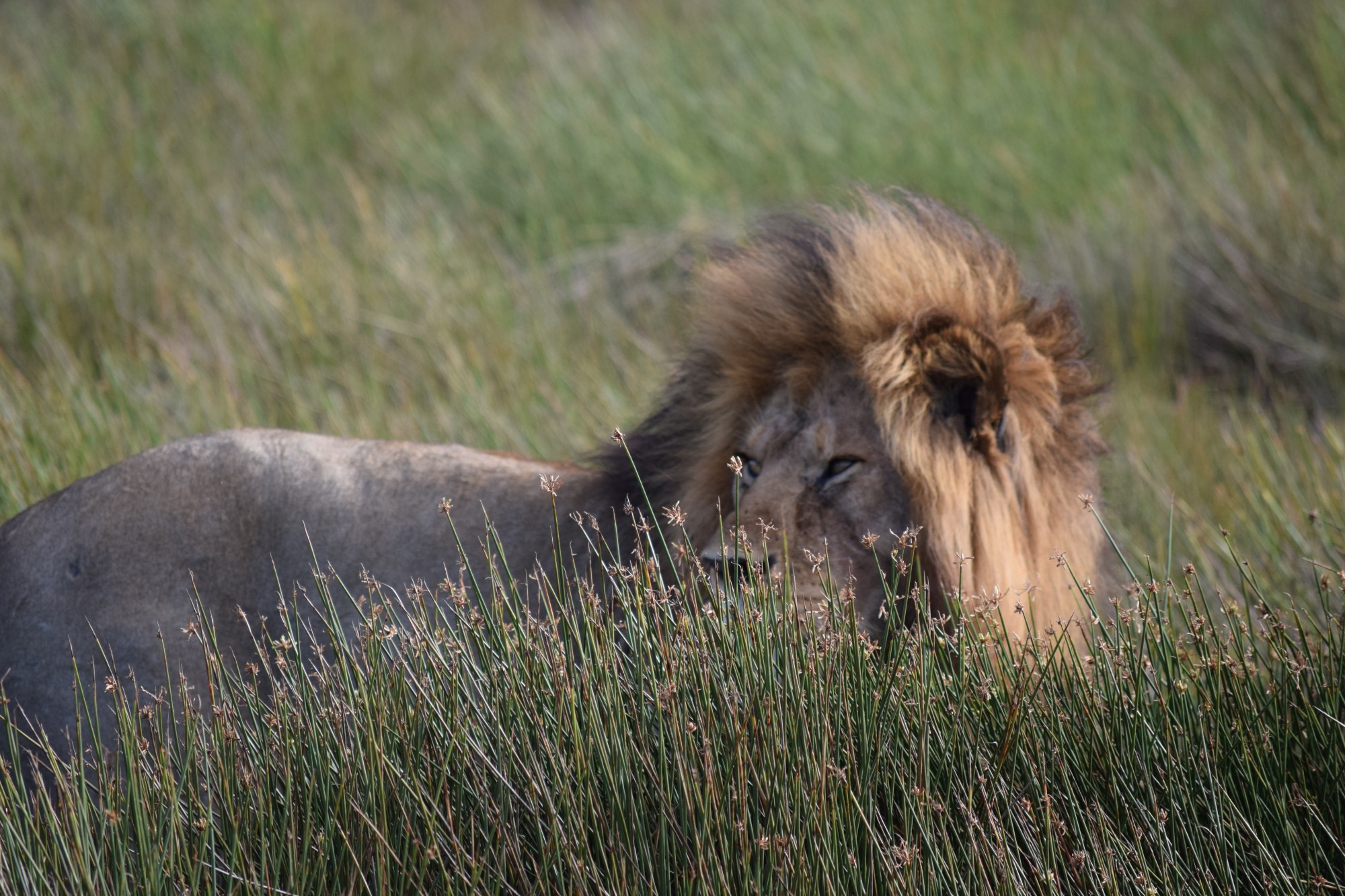Travel
From Cubs to Kings: The Fascinating Life Of Serengeti Lions
By Bruce Berns · December 5, 2024
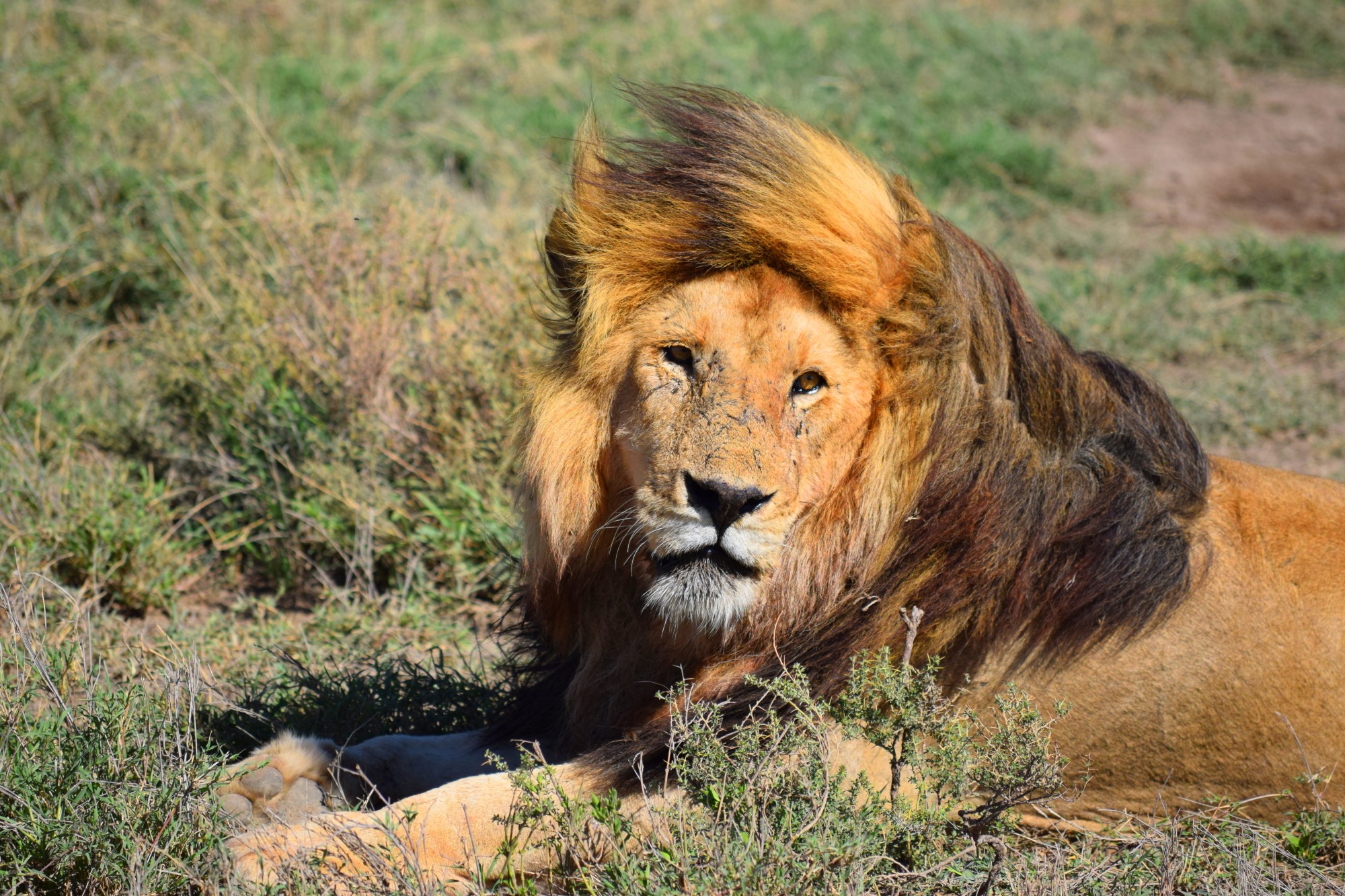
Lions, the apex predators of this rich ecosystem, are more than majestic creatures—they are vital players in maintaining ecological balance. From their intricate social structures to their critical role in controlling prey populations, lions embody the delicate interplay of life in the Serengeti. However, these iconic animals face numerous challenges, including habitat loss, human-wildlife conflict, and climate change.
This article delves into the lives of these incredible creatures, the threats they endure, and the ongoing efforts to ensure their survival. Bruce H. Berns / Nostalgic America, Inc.
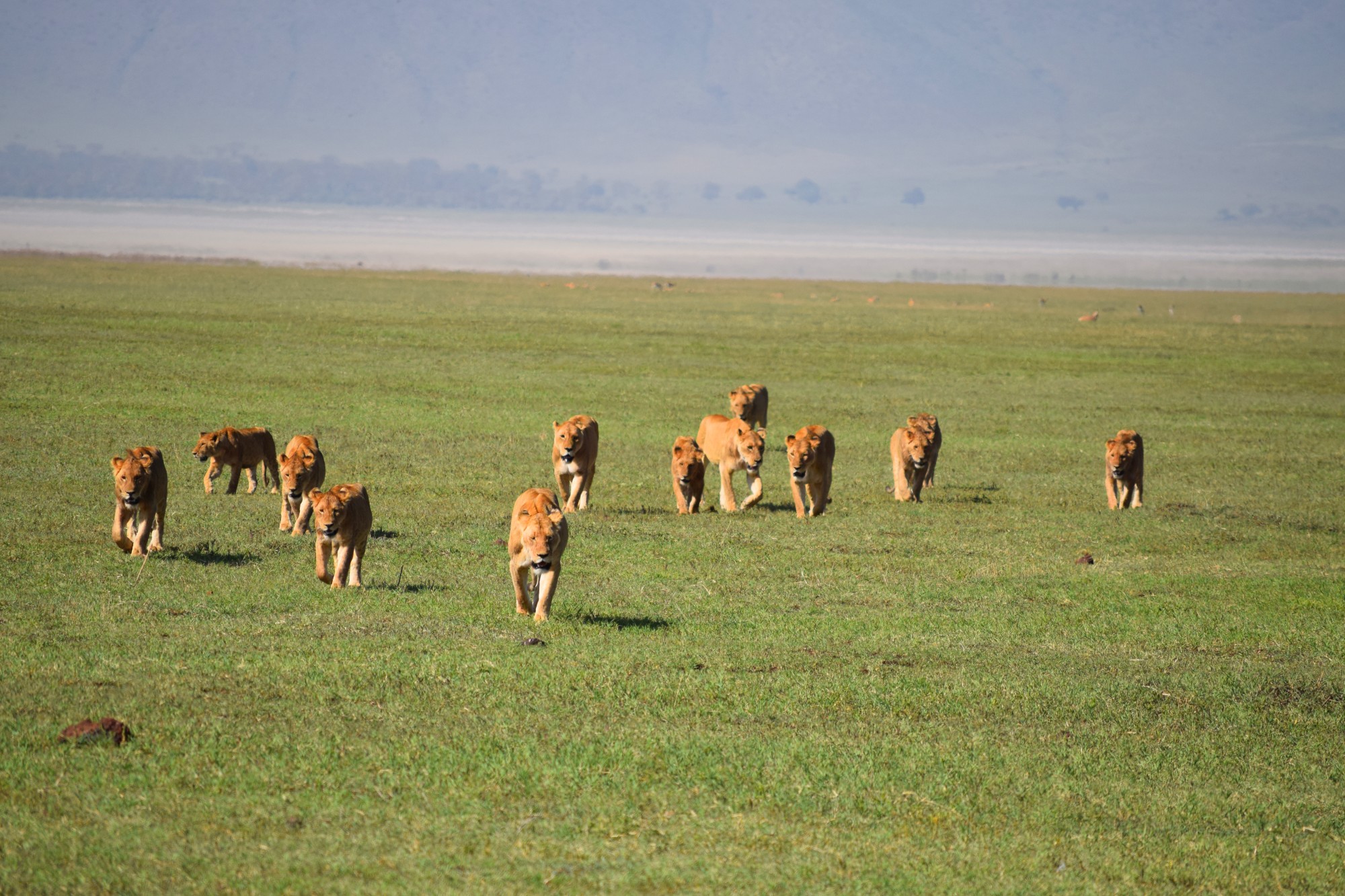
The Lions of the Serengeti
Living in prides, they showcase remarkable social dynamics. These majestic creatures play a vital ecological role, balancing prey populations and enriching the Serengeti’s biodiversity. Bruce H. Berns / Nostalgic America, Inc.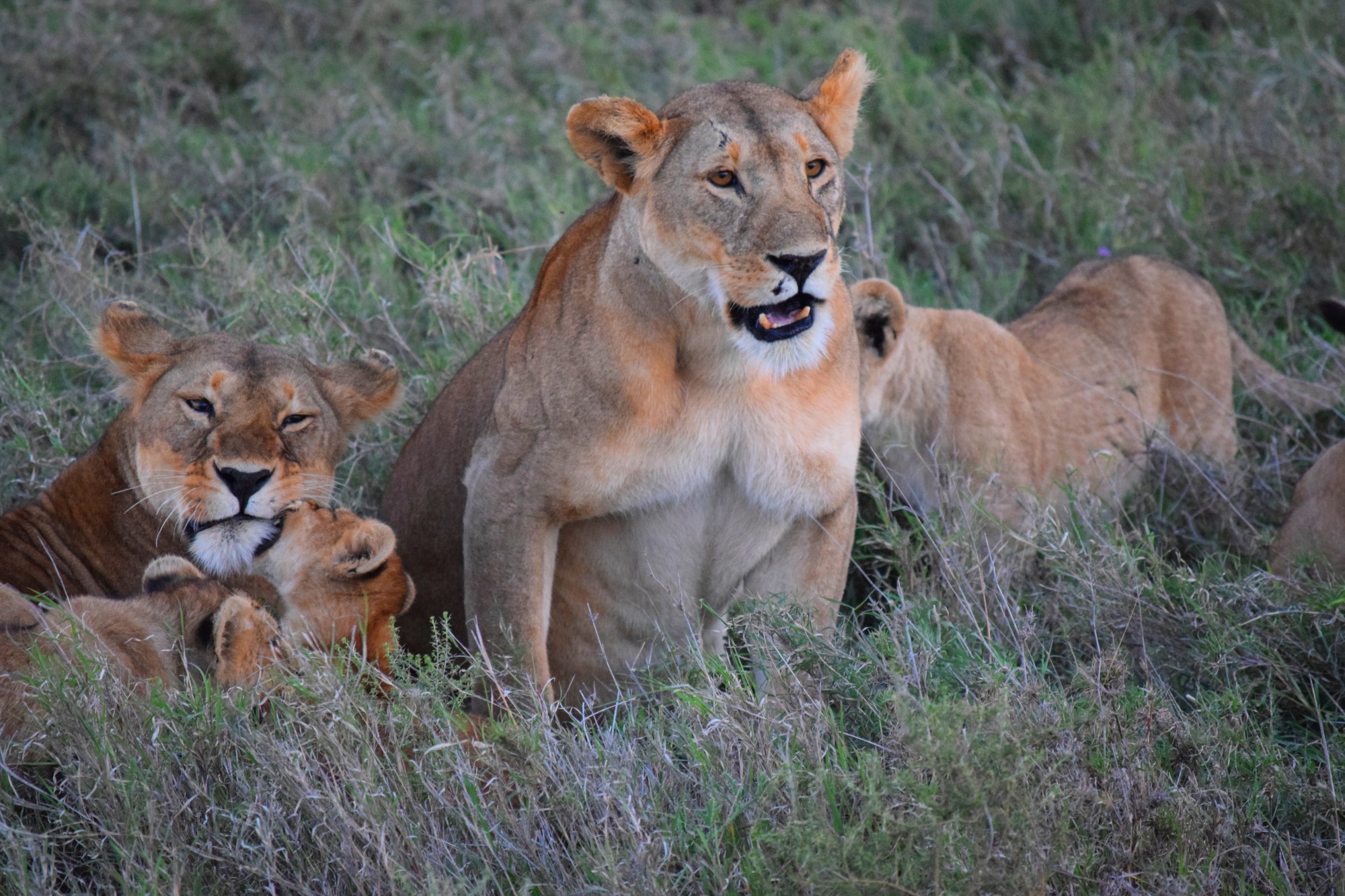
Cubs and Their Development
Lion cubs are born after a gestation period of about 110 days, typically in litters of two to four. For the first six weeks, the mother keeps her cubs hidden in dense vegetation or among the kopjes, away from potential predators. Bruce H. Berns / Nostalgic America, Inc.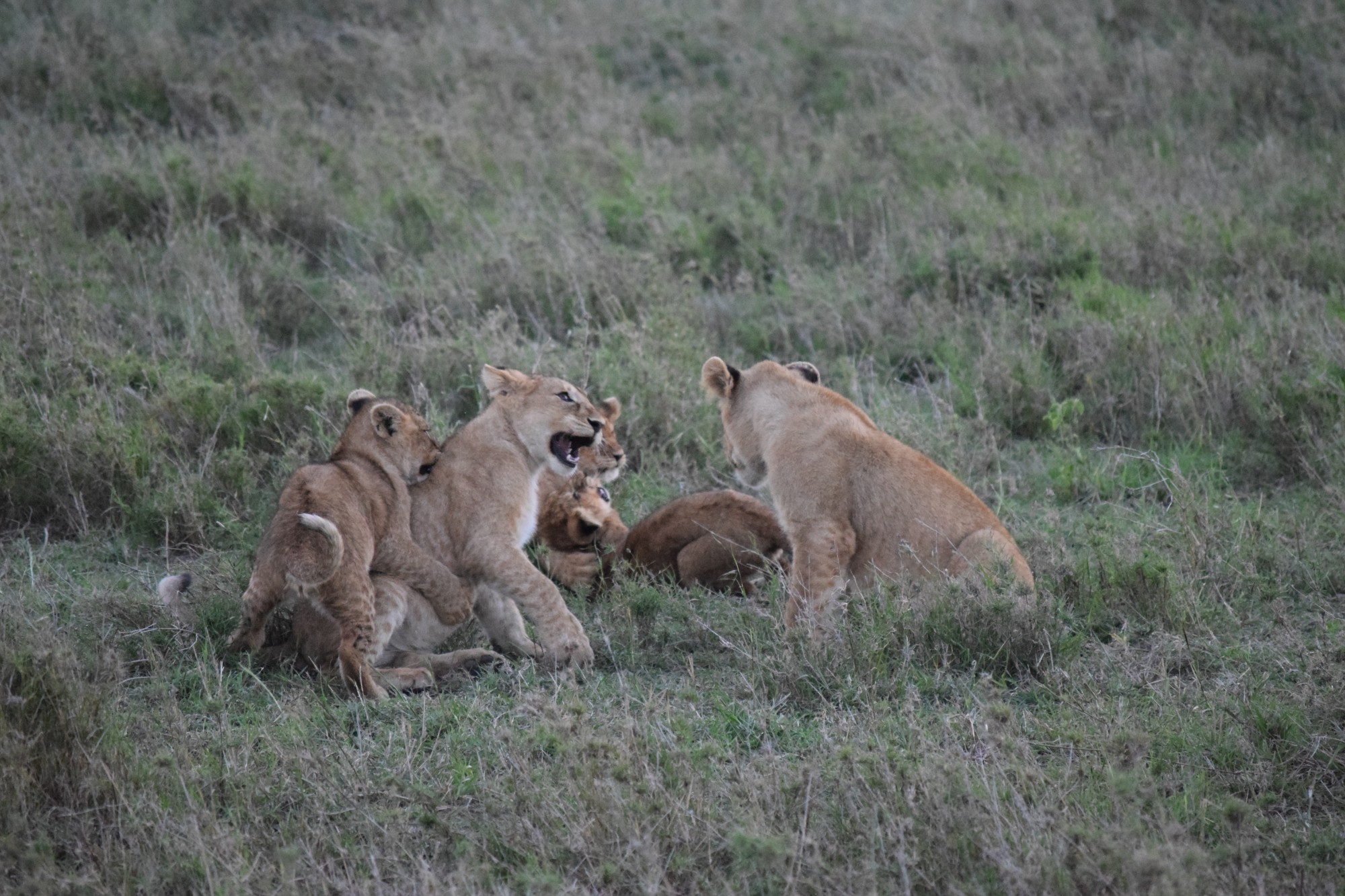
The cubs benefit from communal care
Once introduced to the pride, cubs benefit from communal care, with multiple lionesses nursing and protecting them.Survival rates for cubs are low, with only about 50% reaching adulthood due to predation, starvation, and infanticide by rival males. However, those that survive grow into powerful individuals, either integrating into their natal pride or forming new coalitions. Bruce H. Berns / Nostalgic America, Inc.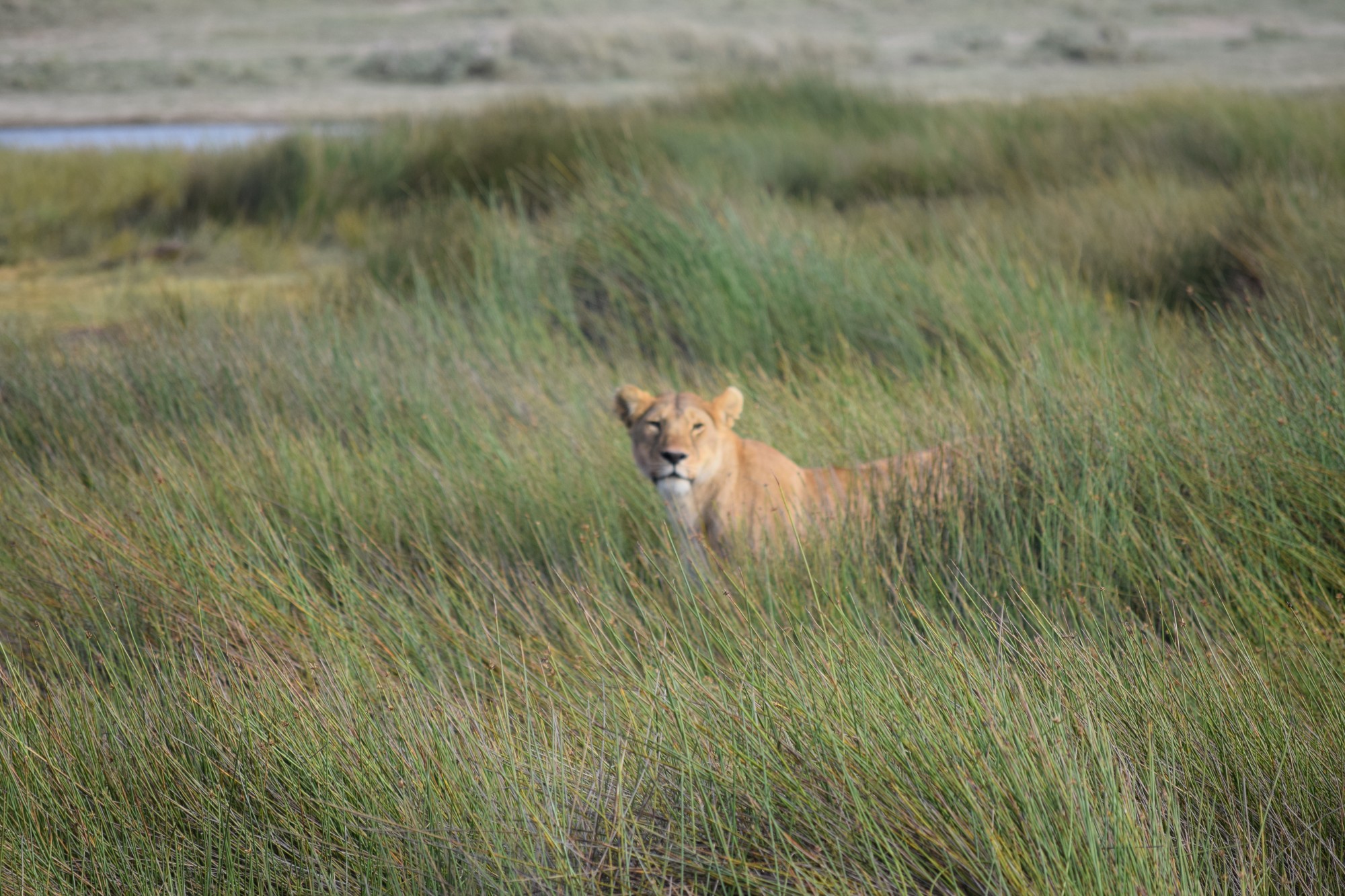
Territory and Communication
Lions establish territories that can range from 20 to 400 square kilometers, depending on prey availability and competition. Bruce H. Berns / Nostalgic America, Inc.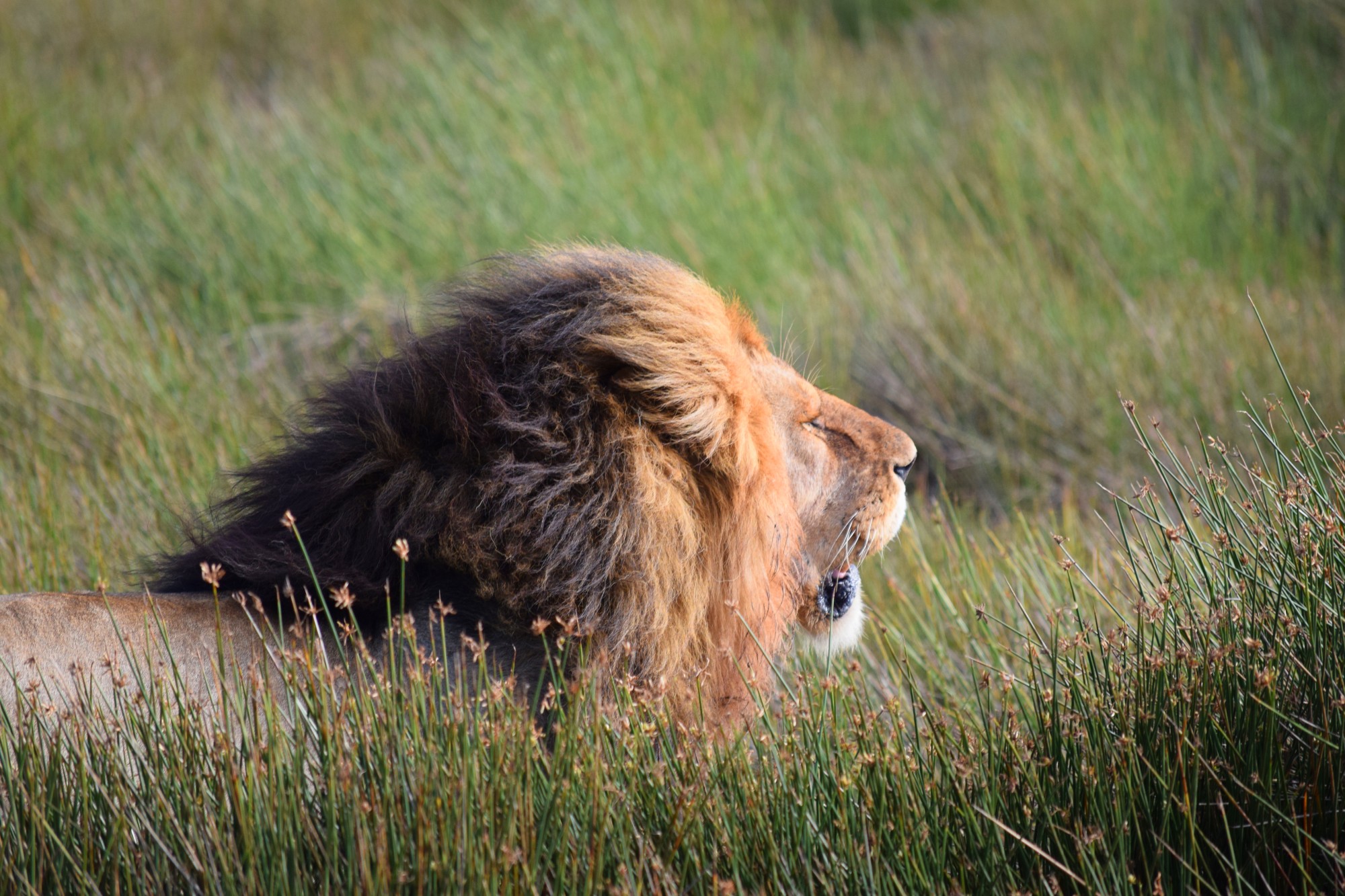
Marking and Defending Territory
These territories are marked by scent marking, vocalizations, and patrols by dominant males. Bruce H. Berns / Nostalgic America, Inc.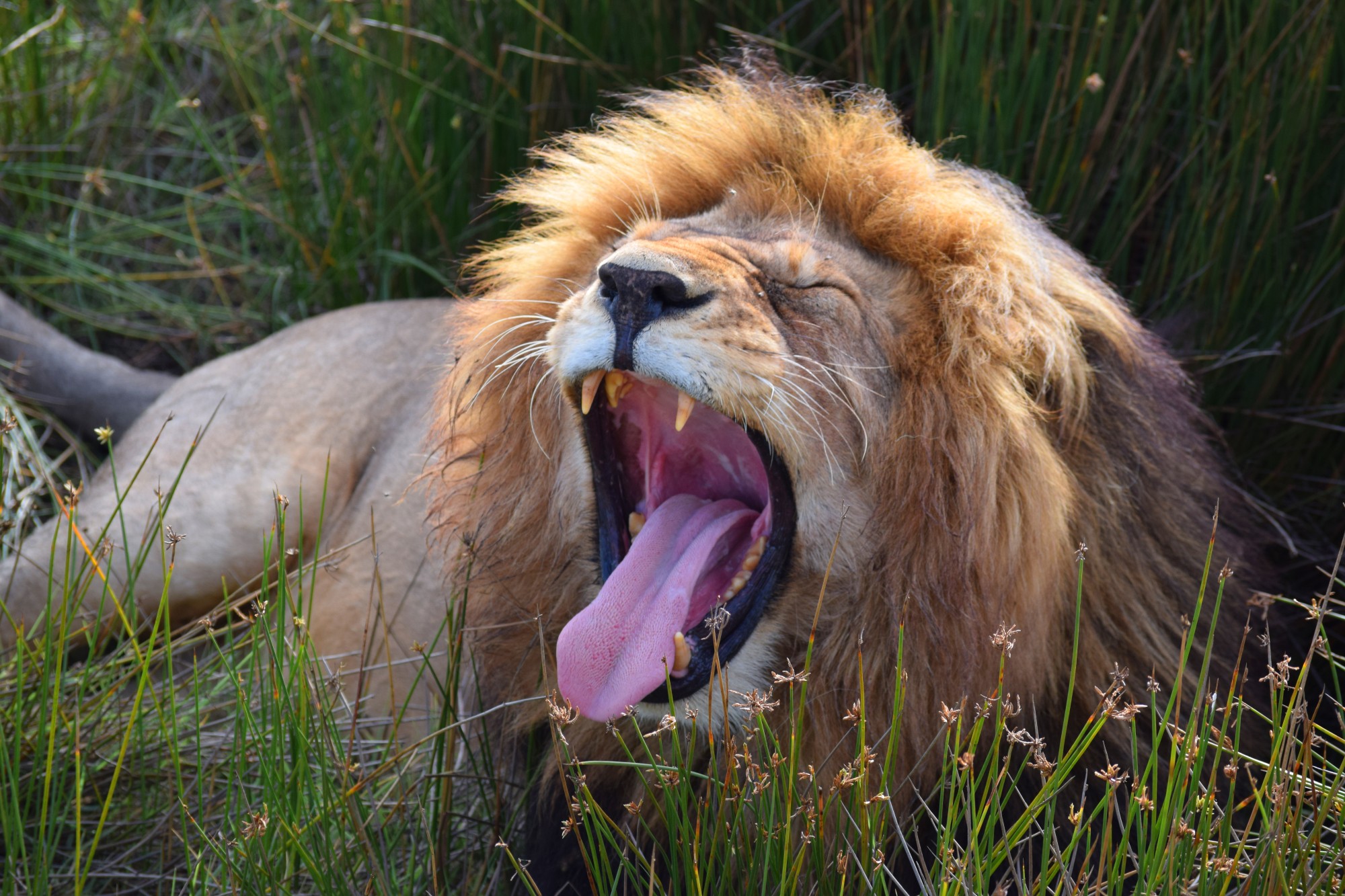
Roaring serves as a key method of communication
Roaring serves as a key method of communication, with lions’ roars audible up to five miles away. Roars signal territory ownership, coordinate pride members, and deter rival lions. Bruce H. Berns / Nostalgic America, Inc.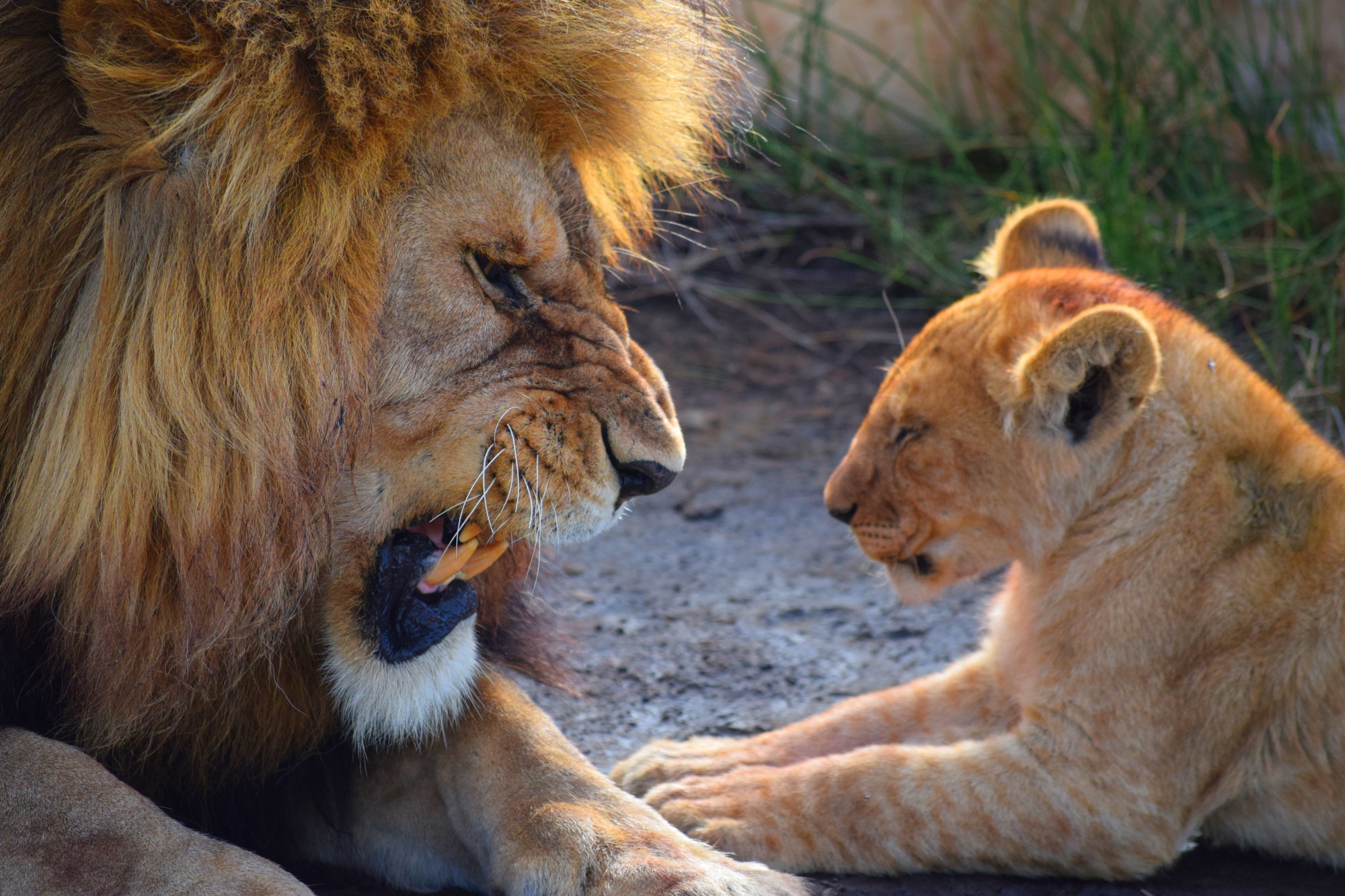
Body Language and Vocalizations
Lions use a variety of vocalizations and body language to communicate. Growls, snarls, and meows convey different messages, from warnings to affection. Bruce H. Berns / Nostalgic America, Inc.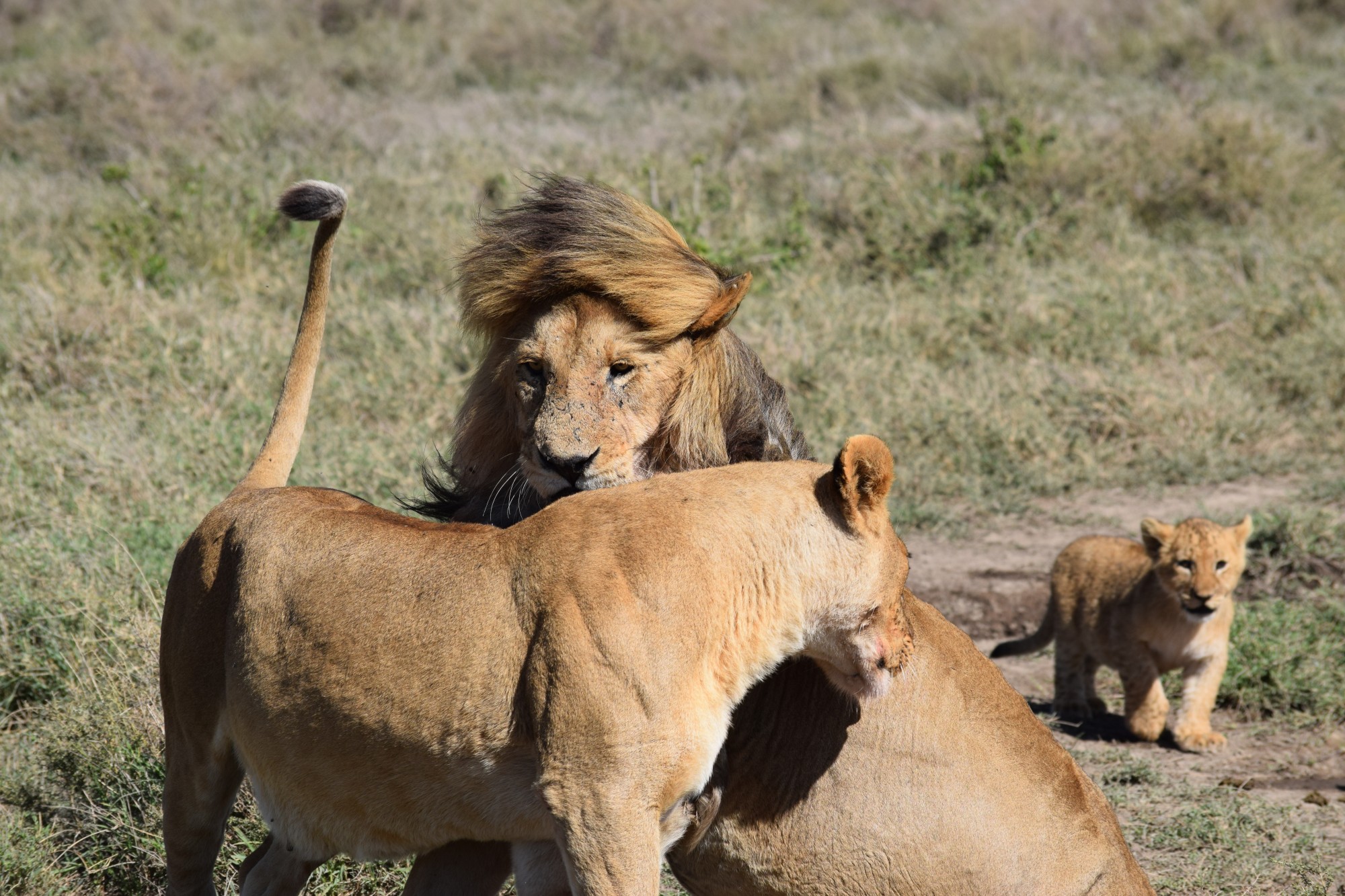
The Role of Lions in the Ecosystem
As apex predators, lions play a crucial role in maintaining the Serengeti’s ecological balance. Tail flicks, head rubs, and play behaviors also strengthen pride bonds and facilitate social interactions. Bruce H. Berns / Nostalgic America, Inc.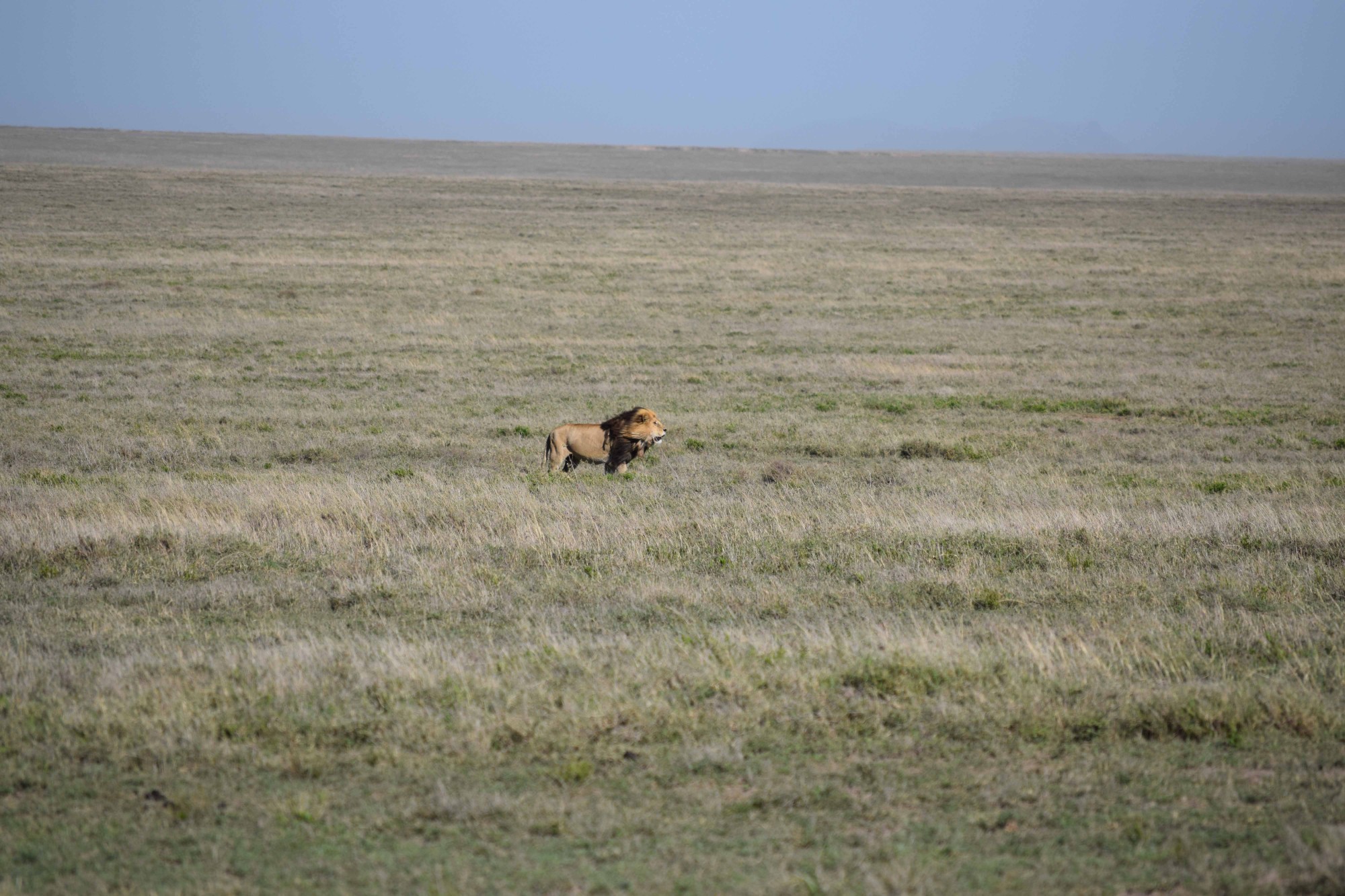
The Hunt is for survival and also conntributes to the balance of nature
By preying on herbivores, they regulate population sizes and prevent overgrazing. This balance supports plant biodiversity and ensures the overall health of the ecosystem. Bruce H. Berns / Nostalgic America, Inc.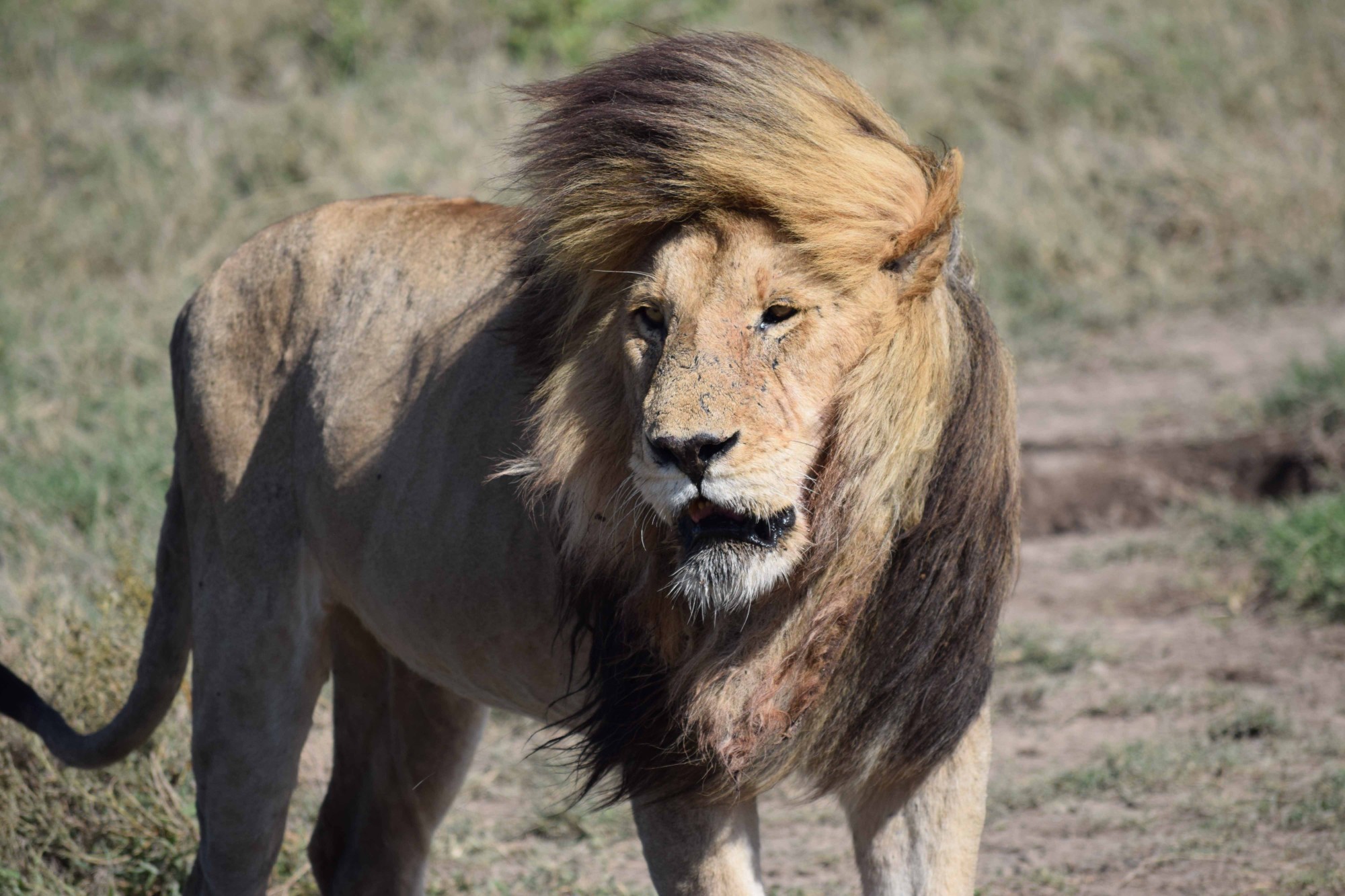
Lions also influence the behavior of prey species
Lions also influence the behavior of prey species, creating a "landscape of fear" that drives migration patterns and resource distribution. The absence of lions in an ecosystem can lead to cascading effects, underscoring their importance as keystone species. Bruce H. Berns / Nostalgic America, Inc.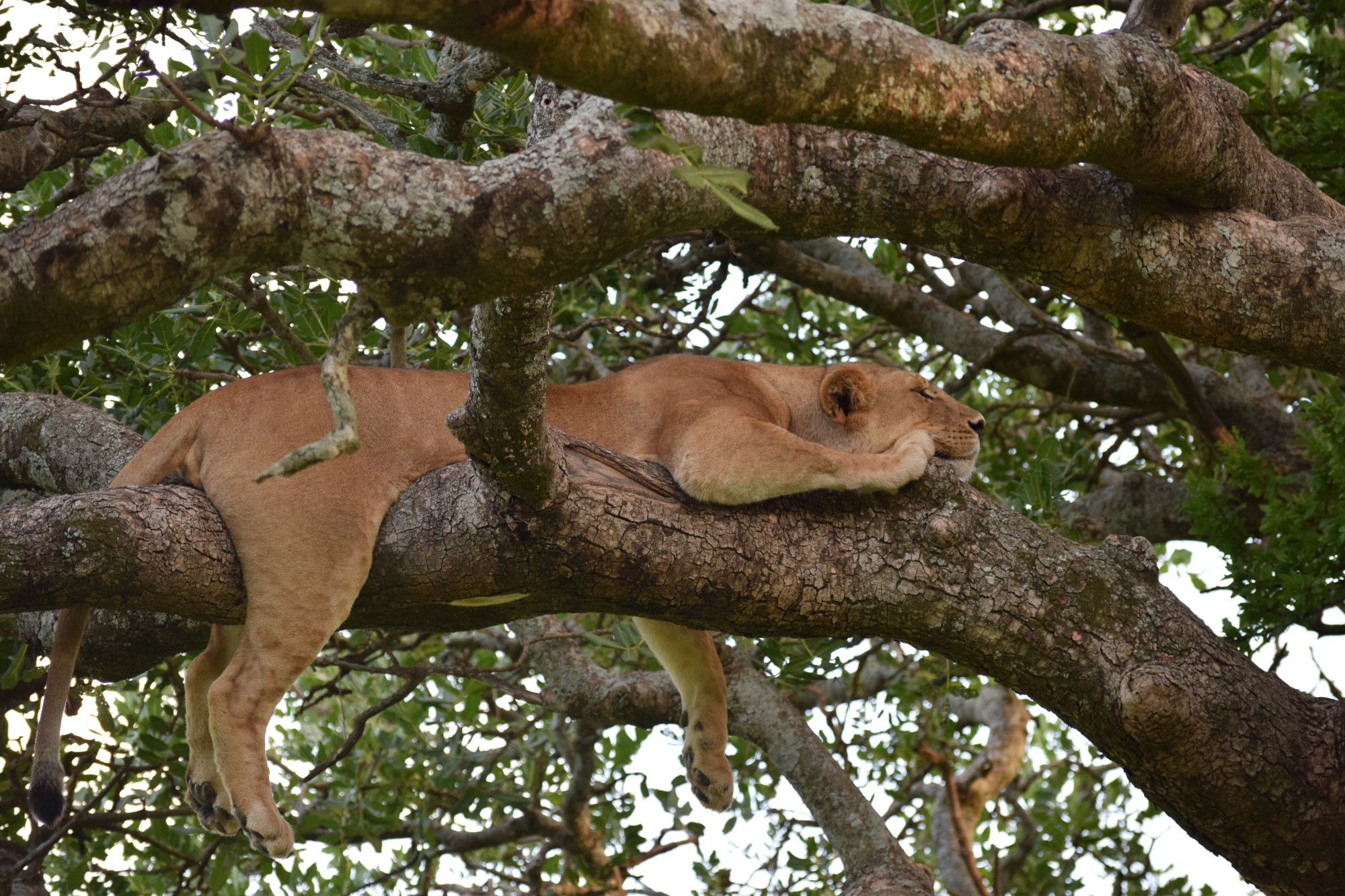
Challenges Facing Serengeti Lions
As human populations expand, habitat loss and encroachment into the Serengeti pose significant threats to lion populations. Bruce H. Berns / Nostalgic America, Inc.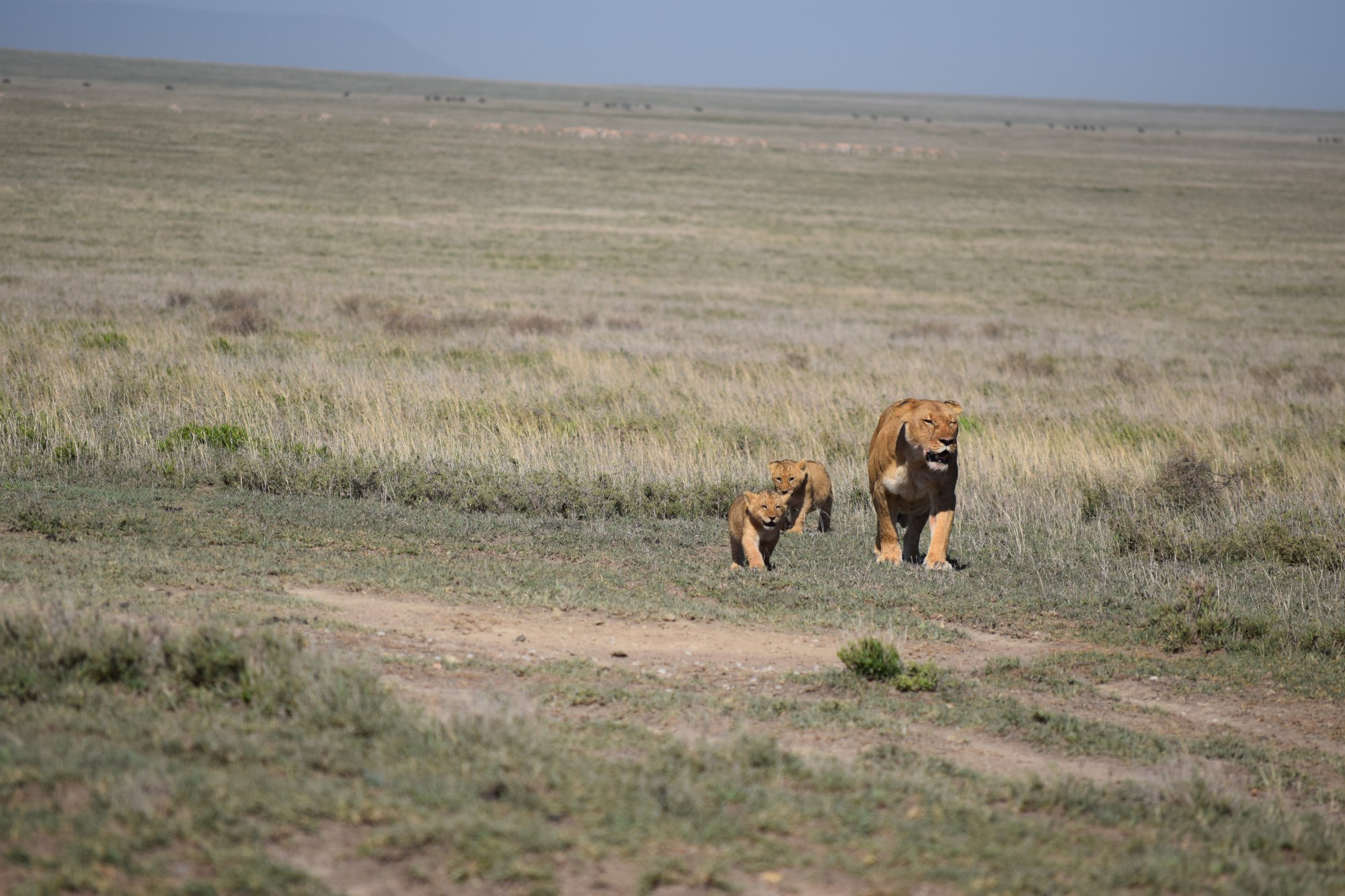
Human-Wildlife Conflict
Livestock depredation often leads to retaliatory killings by local communities, exacerbating the decline of these iconic predators. Bruce H. Berns / Nostalgic America, Inc.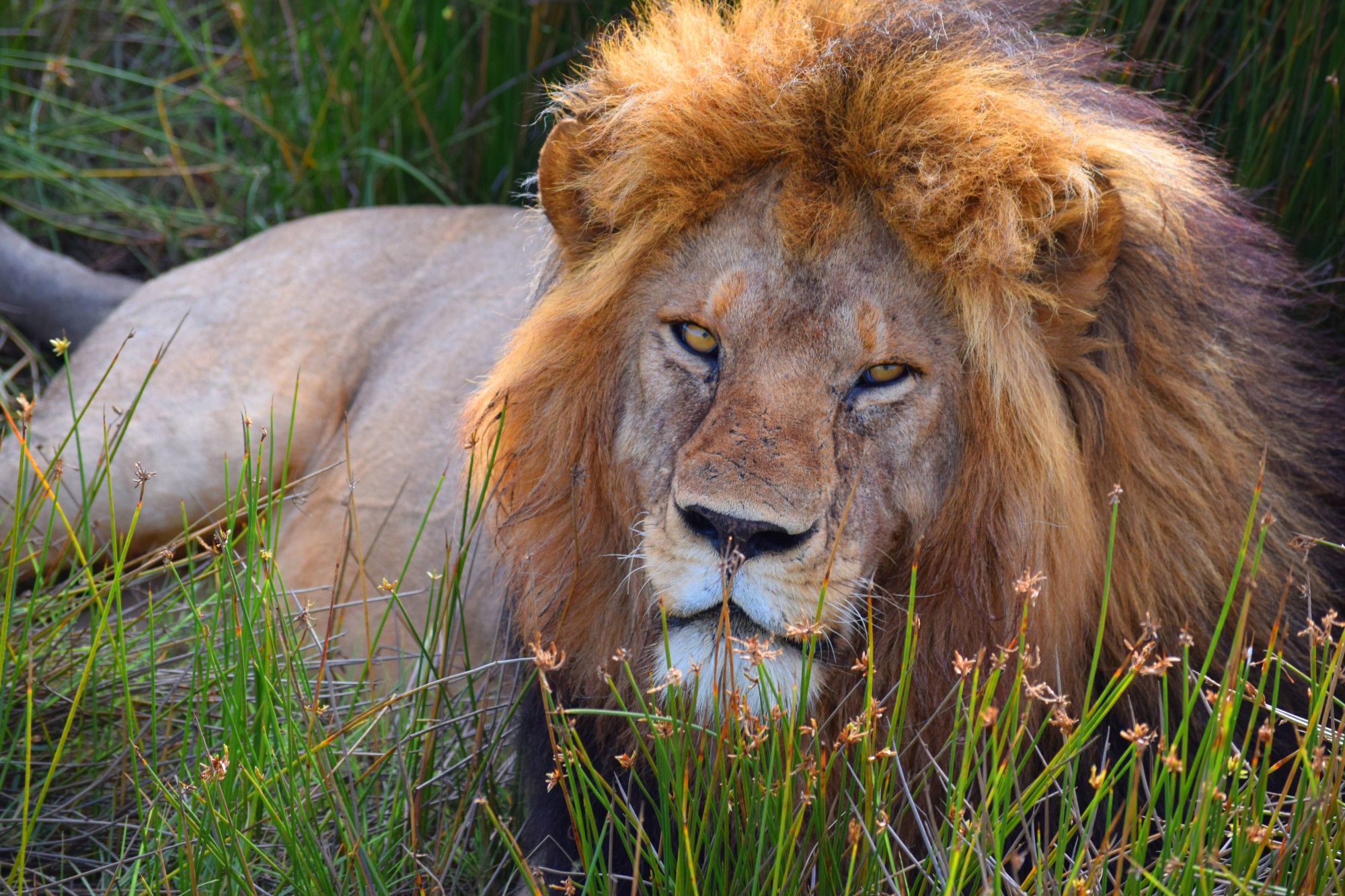
Poaching and Trophy Hunting
Although illegal poaching primarily targets herbivores and elephants, lions are indirectly affected by the depletion of prey. Additionally, trophy hunting outside protected areas can destabilize pride dynamics by removing dominant males. Bruce H. Berns / Nostalgic America, Inc.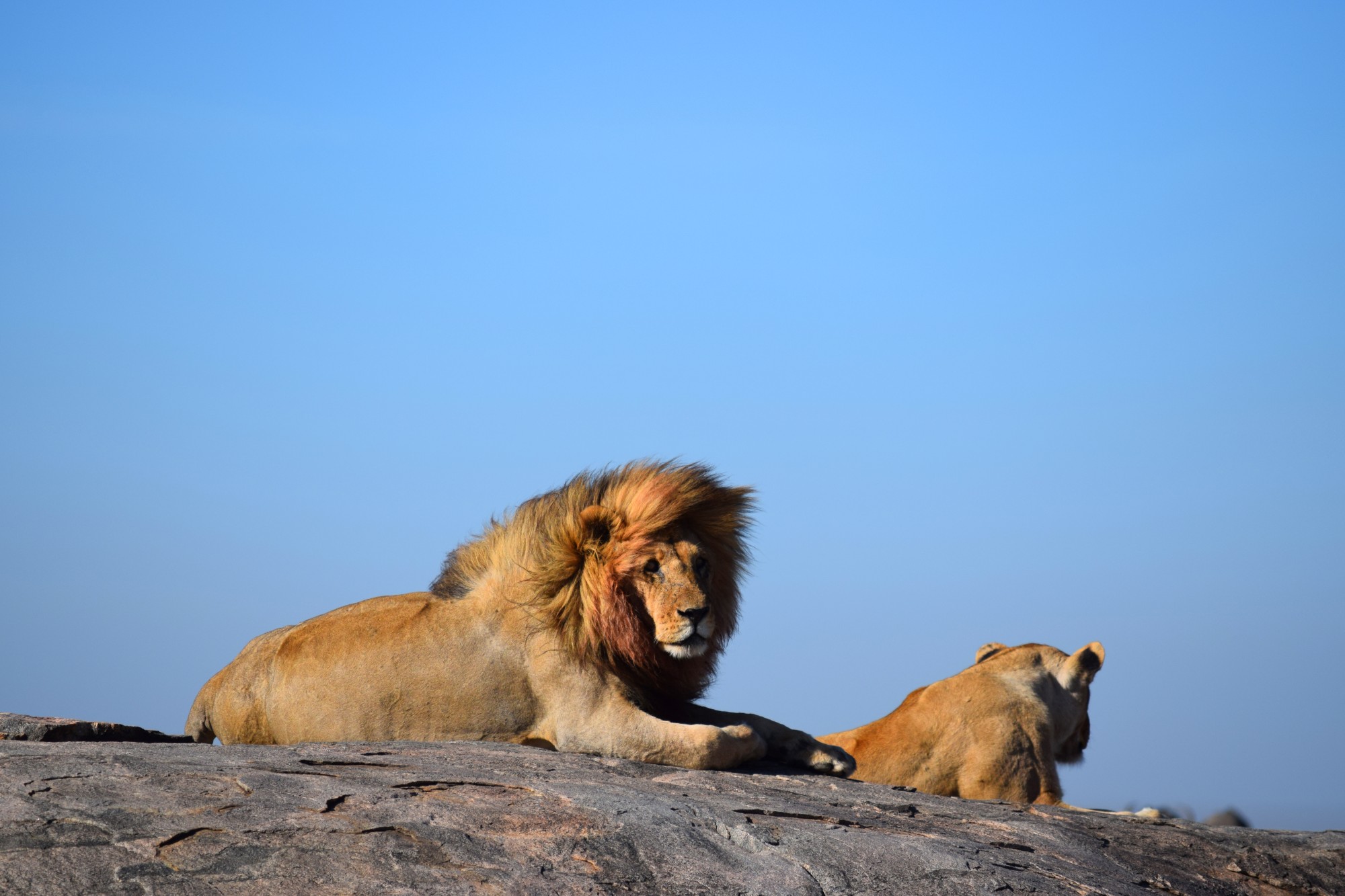
Climate Change
Shifting weather patterns, driven by climate change, impact water availability and prey migration. Prolonged droughts or changes in rainfall patterns can strain lion populations by reducing prey availability. Bruce H. Berns / Nostalgic America, Inc.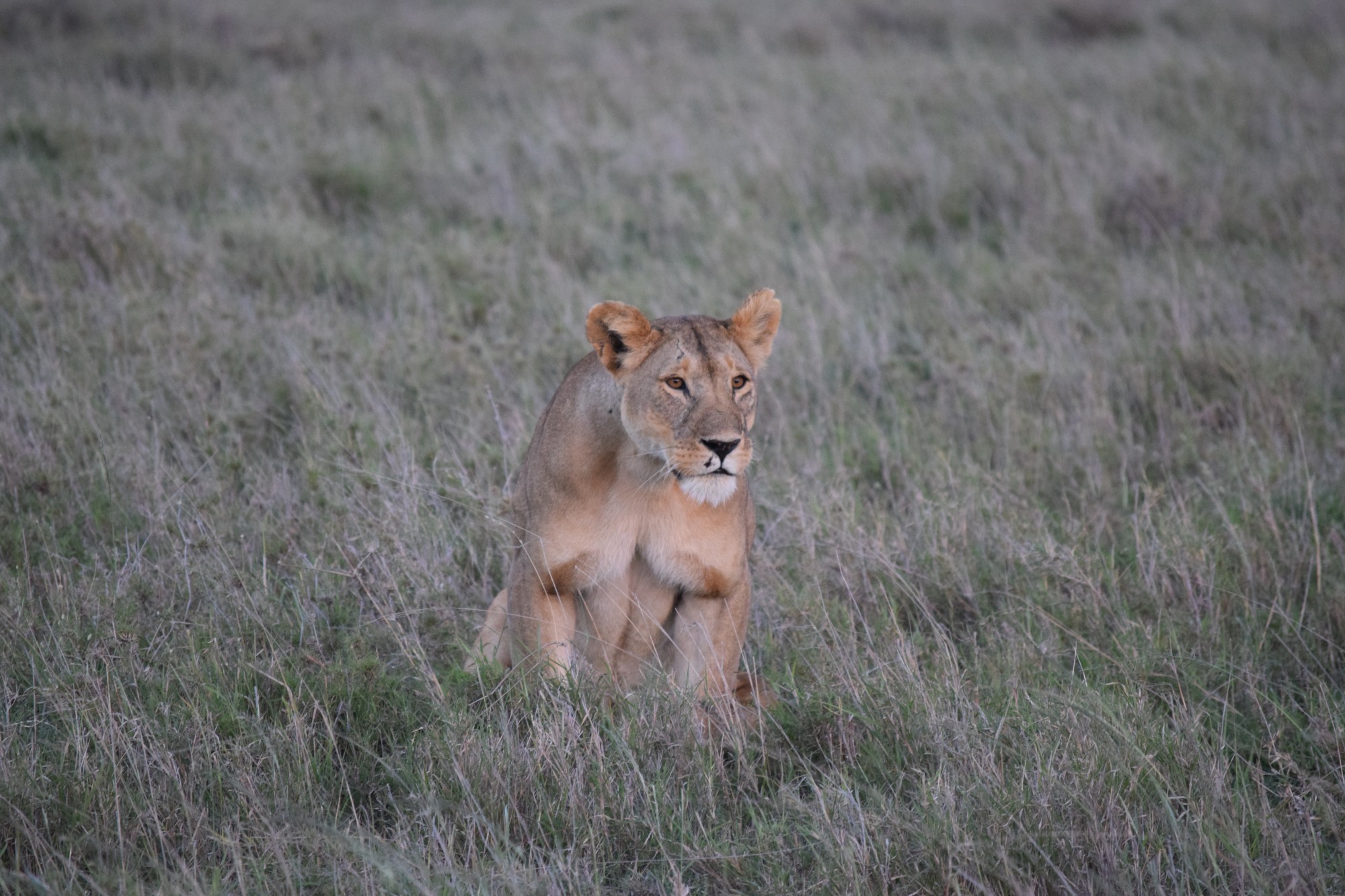
Disease and Genetic Bottlenecks
Outbreaks of diseases such as canine distemper, often transmitted from domestic animals, pose a threat to lion populations. Furthermore, isolated prides face the risk of inbreeding, reducing genetic diversity and resilience. Bruce H. Berns / Nostalgic America, Inc.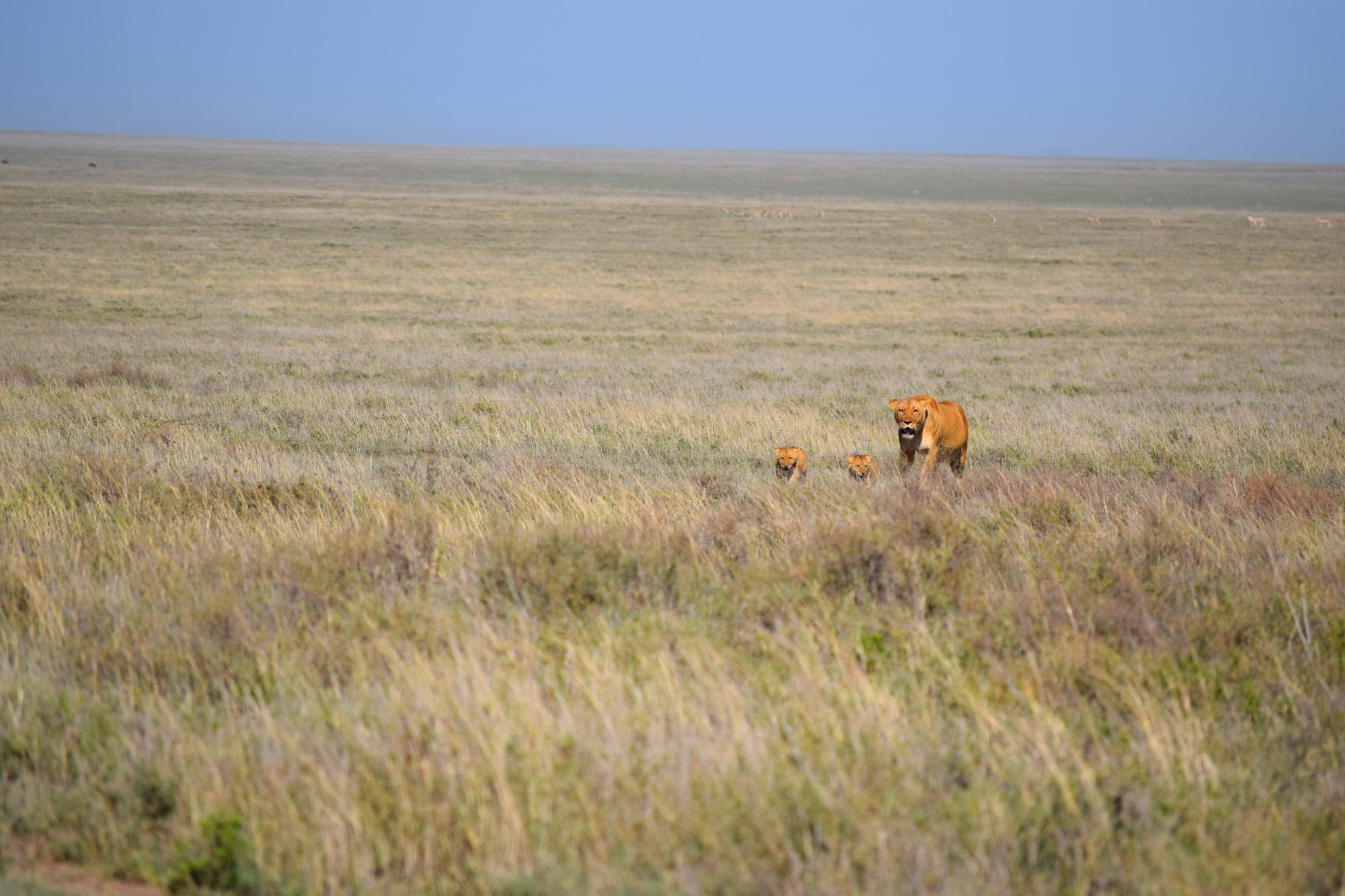
Conservation Efforts and Research
The Serengeti is a UNESCO World Heritage Site, with stringent protections in place to safeguard its wildlife. Bruce H. Berns / Nostalgic America, Inc.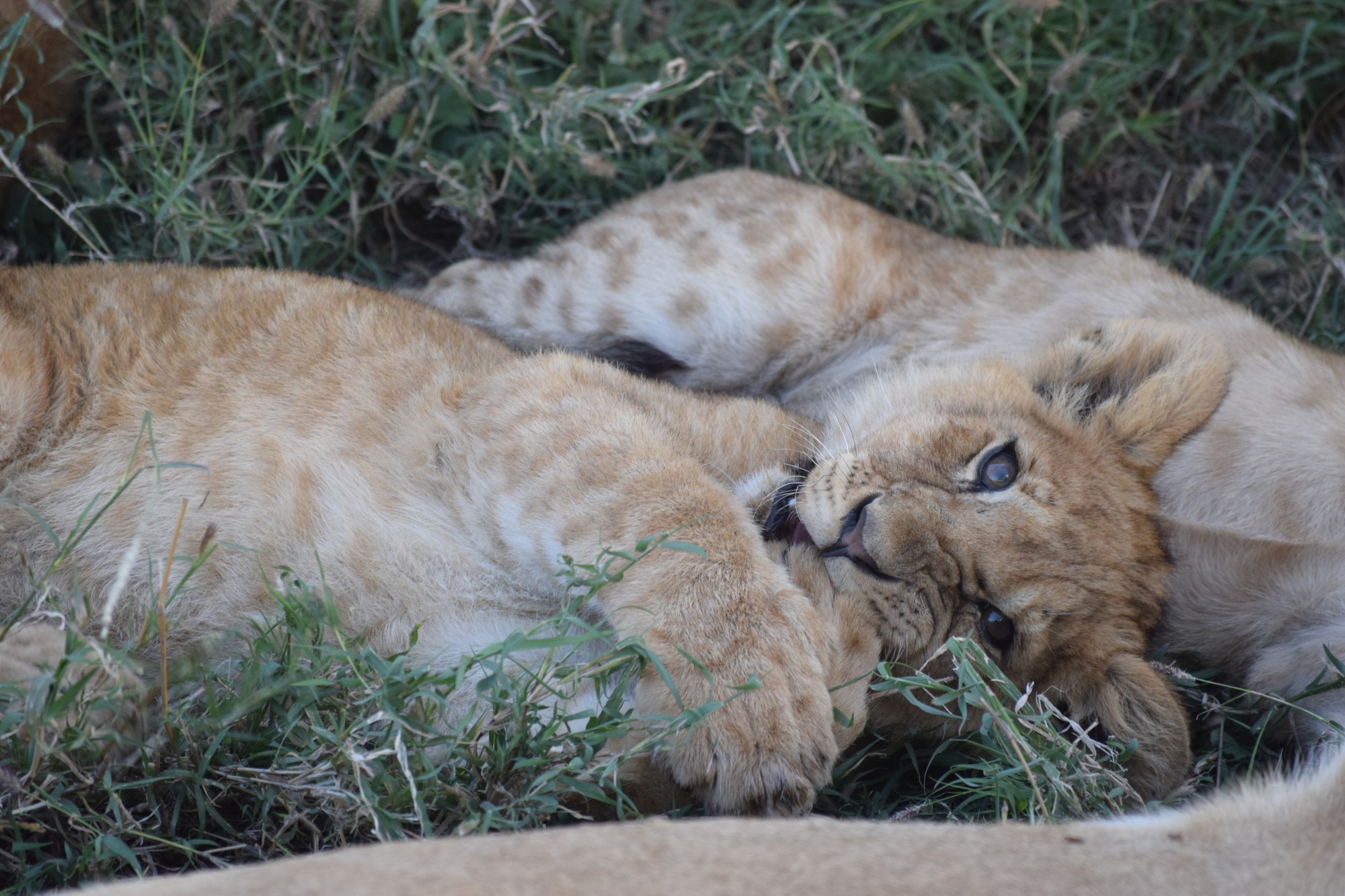
Protected Areas and Anti-Poaching Initiatives
Anti-poaching patrols, buffer zones, and community engagement programs aim to reduce human-wildlife conflict and protect lion populations. Bruce H. Berns / Nostalgic America, Inc.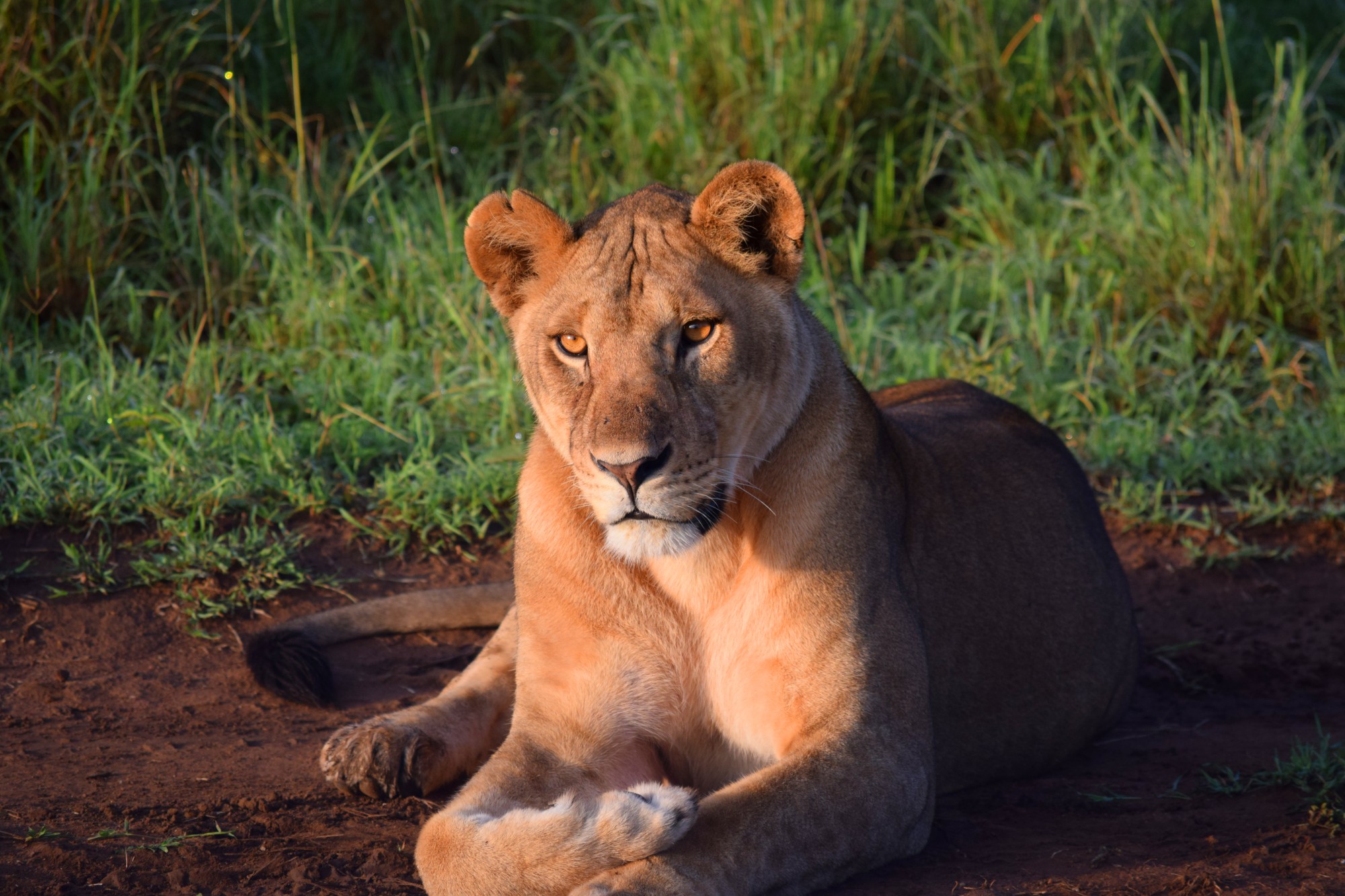
Scientific Research
Ongoing research on lion behavior, genetics, and health informs conservation strategies. Long-term studies, such as those by the Serengeti Lion Project, provide critical insights into pride dynamics, population trends, and ecological roles. Bruce H. Berns / Nostalgic America, Inc.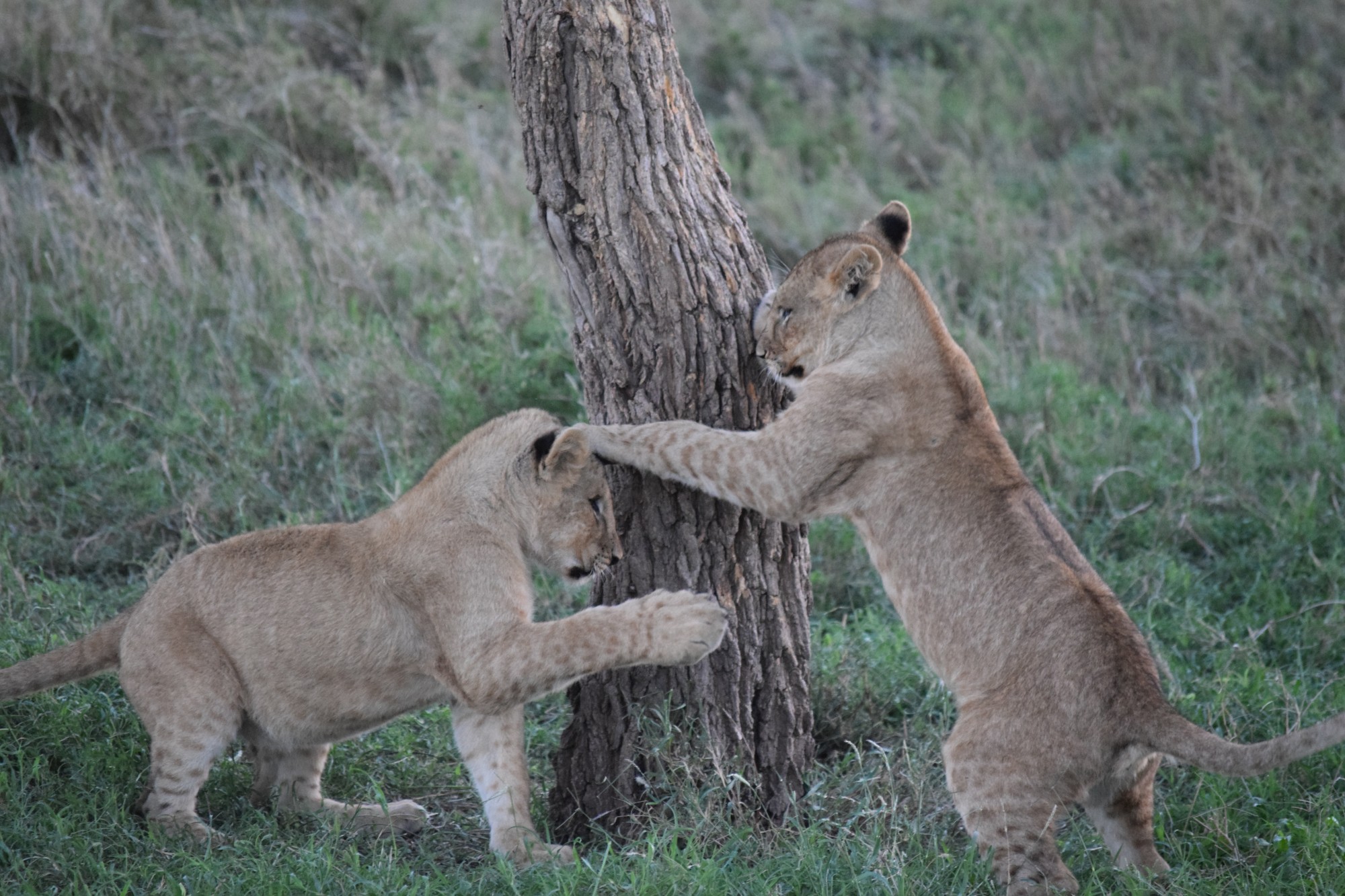
Ecotourism and Education
Ecotourism generates revenue for conservation efforts and raises awareness about the importance of protecting lions and their habitat. By educating visitors and local communities, these programs foster coexistence and appreciation for wildlife. Bruce H. Berns / Nostalgic America, Inc.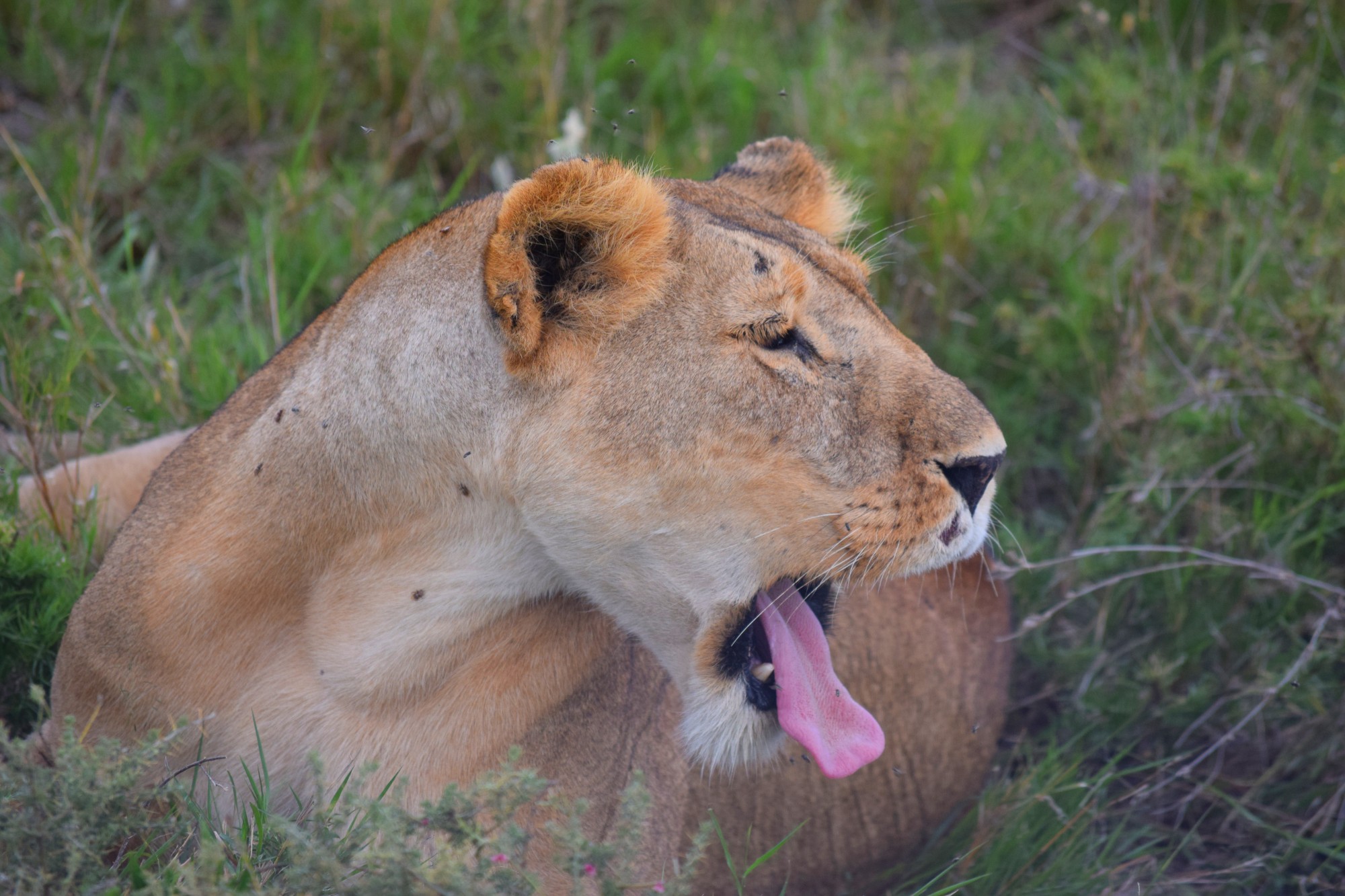
Cultural Significance of Lions
Lions hold profound cultural significance in Africa and beyond. In many African traditions, lions symbolize strength, courage, and leadership. They feature prominently in folklore, art, and ceremonial practices. Globally, lions are celebrated as icons of power and majesty, appearing on flags, emblems, and literature. Bruce H. Berns / Nostalgic America, Inc.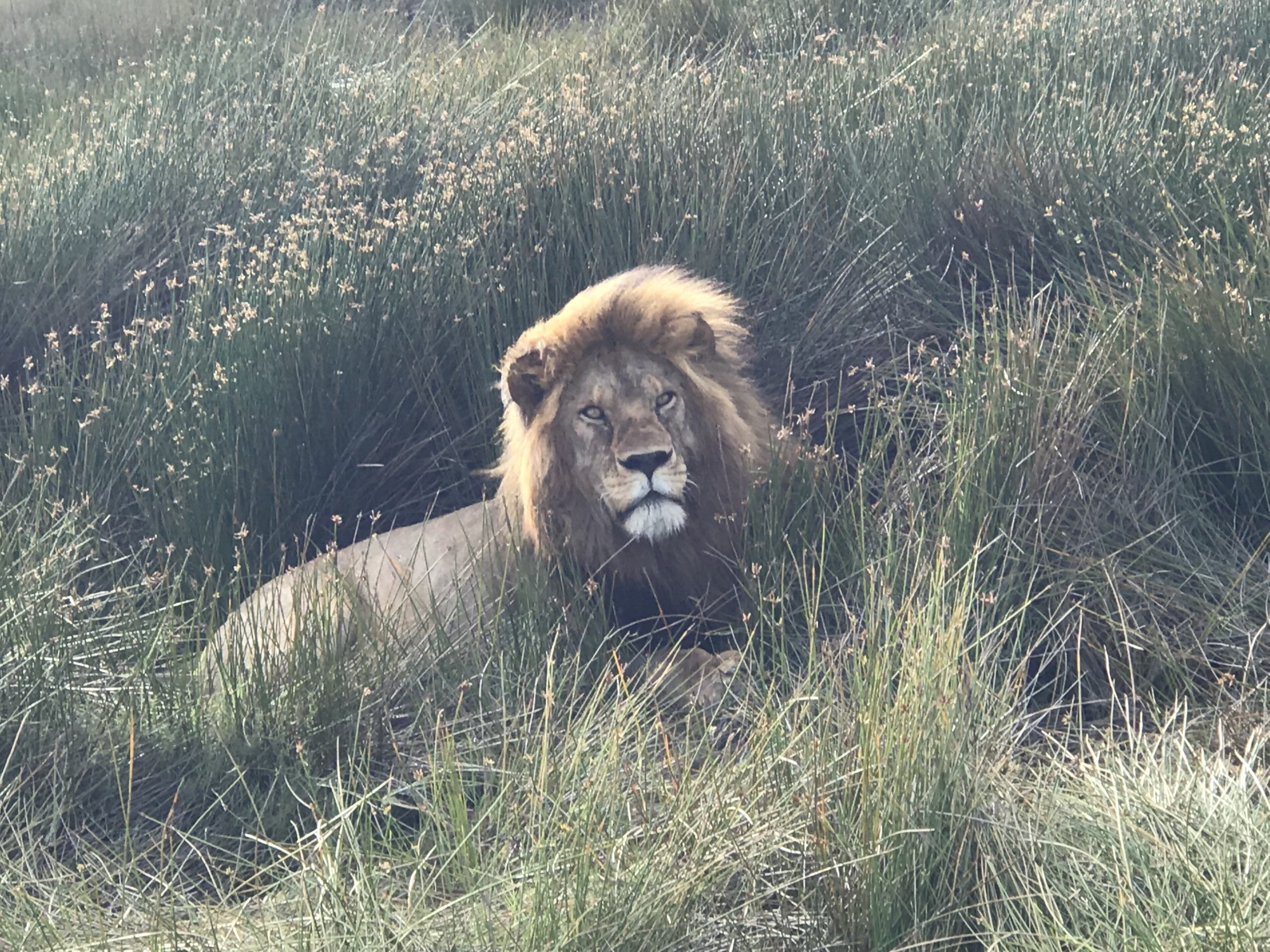
Conclusion
The lions of the Serengeti embody the raw beauty and intricate dynamics of Africa’s wilderness. As apex predators, they play an essential role in the ecosystem, while their social structures and behavior offer endless fascination. Bruce H. Berns / Nostalgic America, Inc.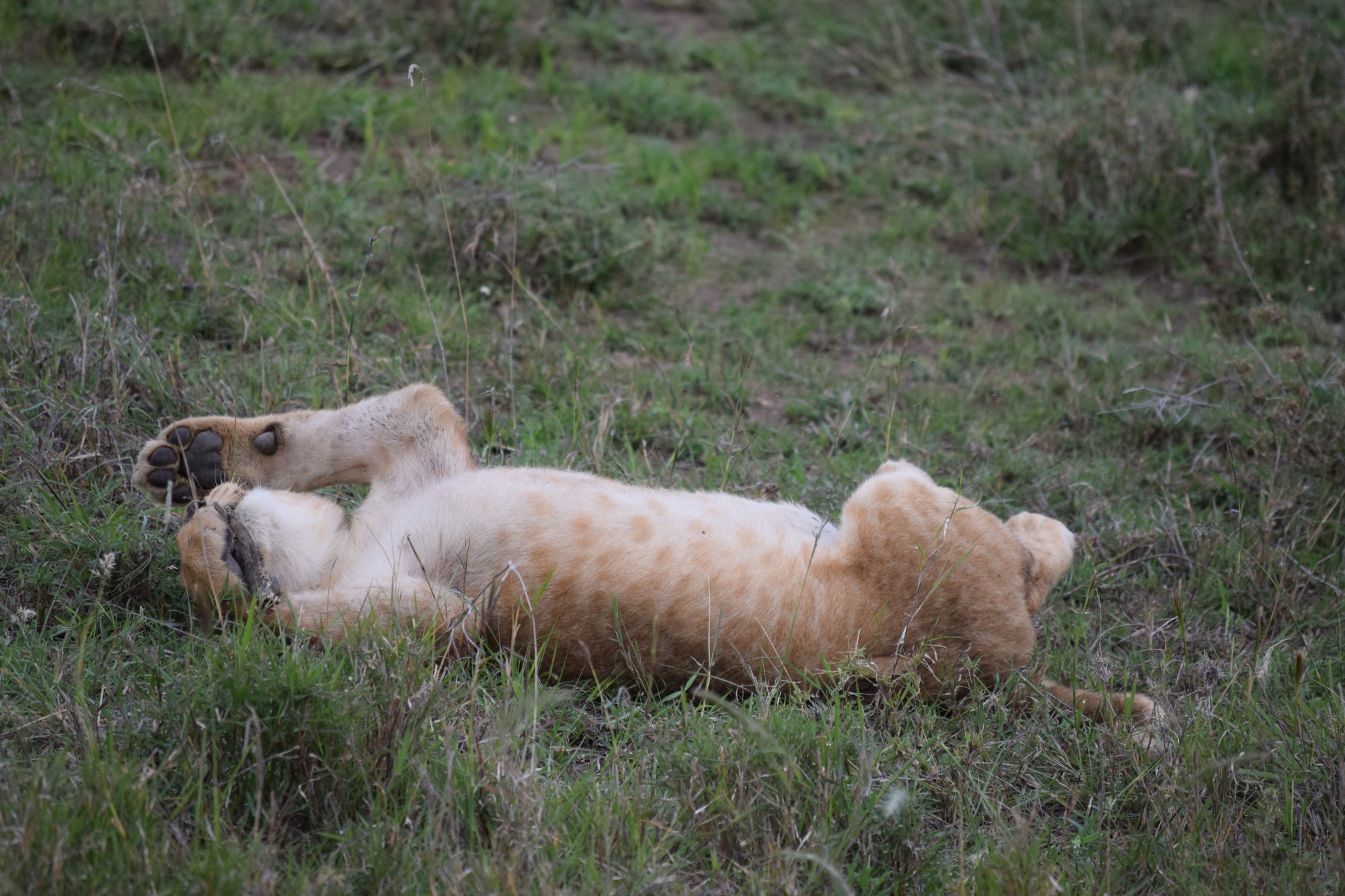
Their survival is inextricably linked to the conservation of their habitat
However, their survival is inextricably linked to the conservation of their habitat and the resolution of human-wildlife conflicts. Protecting Serengeti lions is not just about preserving a species—it is about safeguarding the integrity of an entire ecosystem and honoring the cultural and ecological heritage they represent. Bruce H. Berns / Nostalgic America, Inc.